To provide the best experiences, we use technologies like cookies to store and/or access device information. Consenting to these technologies will allow us to process data such as browsing behaviour or unique IDs on this site. Not consenting or withdrawing consent, may adversely affect certain features and functions.
The technical storage or access is strictly necessary for the legitimate purpose of enabling the use of a specific service explicitly requested by the subscriber or user, or for the sole purpose of carrying out the transmission of a communication over an electronic communications network.
The technical storage or access is necessary for the legitimate purpose of storing preferences that are not requested by the subscriber or user.
The technical storage or access that is used exclusively for statistical purposes.
The technical storage or access that is used exclusively for anonymous statistical purposes. Without a subpoena, voluntary compliance on the part of your Internet Service Provider, or additional records from a third party, information stored or retrieved for this purpose alone cannot usually be used to identify you.
The technical storage or access is required to create user profiles to send advertising, or to track the user on a website or across several websites for similar marketing purposes.
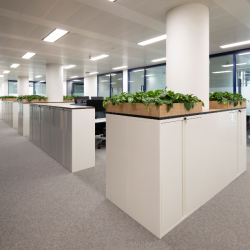 After outgrowing their offices at One Bishop’s Square, the International Swaps and Derivatives Association (ISDA) worked with interior design studio Shaw Studios, and Furniture dealer, Day2 Interiors to relocate to 25 Copthall Avenue/London Wall. (more…)
After outgrowing their offices at One Bishop’s Square, the International Swaps and Derivatives Association (ISDA) worked with interior design studio Shaw Studios, and Furniture dealer, Day2 Interiors to relocate to 25 Copthall Avenue/London Wall. (more…)




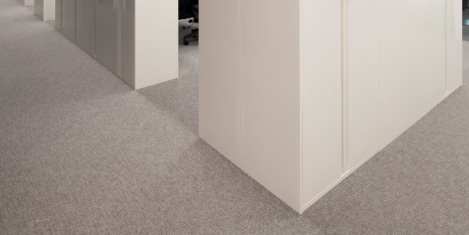
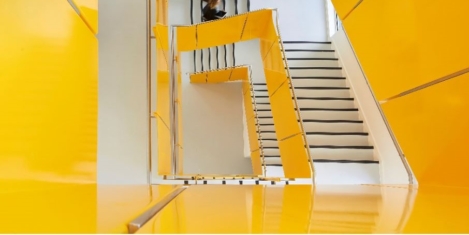
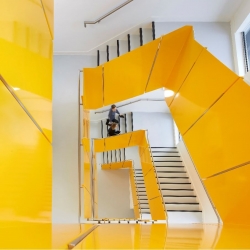 Taunton’s UK Hydrographic Office Headquarters was named ‘Best of the Best’ at the British Council for Offices’ (BCO) National Awards, and also took home the ‘Corporate Workplace’ award. The office was joined by six other award winners recognised as leading examples of excellence in the office space. This ‘roll of honour’ includes two buildings in London: The Brunel Building on Canalside Walk, and 160 Old Street, a refurbished office space in the “Silicon Roundabout” district.
Taunton’s UK Hydrographic Office Headquarters was named ‘Best of the Best’ at the British Council for Offices’ (BCO) National Awards, and also took home the ‘Corporate Workplace’ award. The office was joined by six other award winners recognised as leading examples of excellence in the office space. This ‘roll of honour’ includes two buildings in London: The Brunel Building on Canalside Walk, and 160 Old Street, a refurbished office space in the “Silicon Roundabout” district. 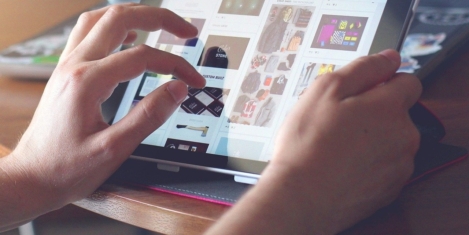
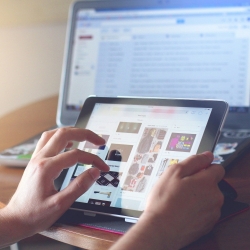 A survey of real estate and IT professionals across a range of industries claims that better remote working technology is perceived to be twice as important as workplace testing. Workplace creation specialists
A survey of real estate and IT professionals across a range of industries claims that better remote working technology is perceived to be twice as important as workplace testing. Workplace creation specialists 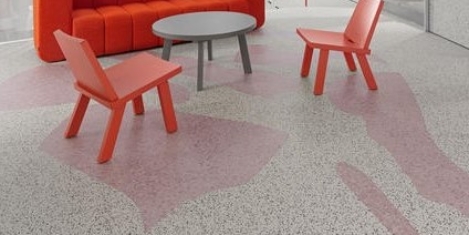
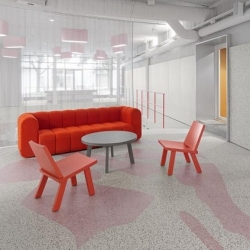 Recently launched is
Recently launched is 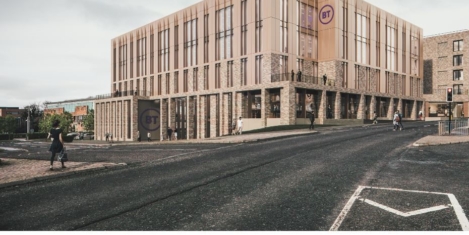
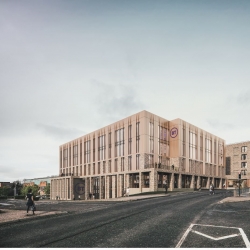 BT has today announced plans to develop a brand new, multi-million pound contact centre in Dundee which will become the new home to around 1,000 employees. The new office will be at West Marketgait in the heart of the city centre, close to the waterfront and part of a £1bn regeneration area. When the building is complete, expected in late 2023, the contact centre will be one of around 30 of BT’s new future-fit offices in the UK, developed as part of its ‘
BT has today announced plans to develop a brand new, multi-million pound contact centre in Dundee which will become the new home to around 1,000 employees. The new office will be at West Marketgait in the heart of the city centre, close to the waterfront and part of a £1bn regeneration area. When the building is complete, expected in late 2023, the contact centre will be one of around 30 of BT’s new future-fit offices in the UK, developed as part of its ‘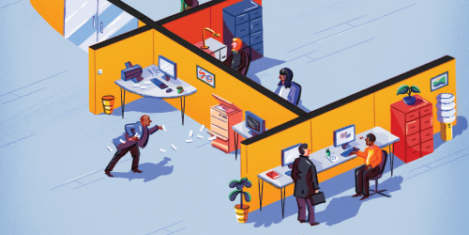
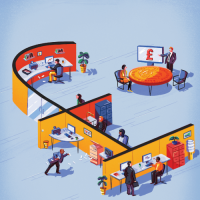 The focus on creating a more sustainable workplace is increasing. Many designers, specifiers, manufacturers, suppliers and, of course, users are pledging their allegiance to the cause. Some are driven by a genuine recognition of the climate crisis whilst others are appreciating that commercially, it’s an essential direction. ‘Zero to landfill’ has been given ‘green bragging rights’ for some time. In reality, due to the significantly lower cost of incineration versus recycling, most material isn’t reclaimed, it is burnt. Whilst ‘energy from waste’ might alleviate some guilt, it is still contributing to pollution.
The focus on creating a more sustainable workplace is increasing. Many designers, specifiers, manufacturers, suppliers and, of course, users are pledging their allegiance to the cause. Some are driven by a genuine recognition of the climate crisis whilst others are appreciating that commercially, it’s an essential direction. ‘Zero to landfill’ has been given ‘green bragging rights’ for some time. In reality, due to the significantly lower cost of incineration versus recycling, most material isn’t reclaimed, it is burnt. Whilst ‘energy from waste’ might alleviate some guilt, it is still contributing to pollution. 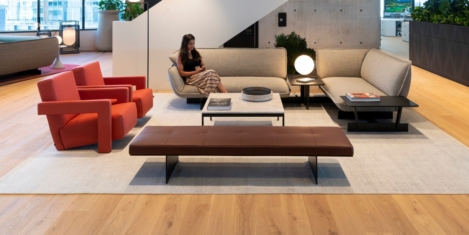
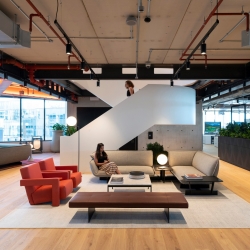 As 2020 came to a close, there was a palpable sense of hope that 2021 would bring with it a fresh slate with the horrors of COVID behind us. Alas, that has not happened and it seems we have more of the same, certainly for the next few months and with that the speculation about the ‘future of the office’ will no doubt continue.
As 2020 came to a close, there was a palpable sense of hope that 2021 would bring with it a fresh slate with the horrors of COVID behind us. Alas, that has not happened and it seems we have more of the same, certainly for the next few months and with that the speculation about the ‘future of the office’ will no doubt continue. 

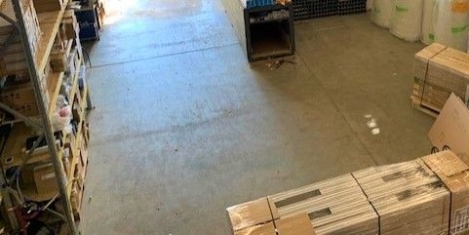
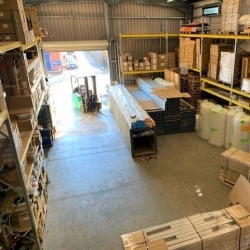
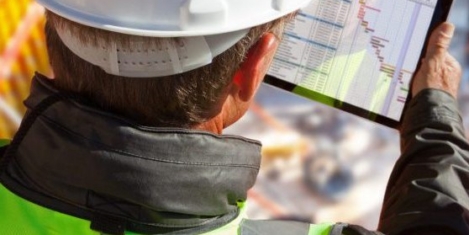
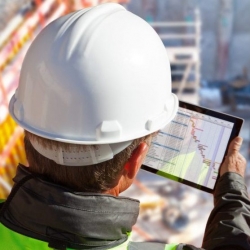 New office developments and major refurbishments in the UK will be able to formally register under the Design for Performance framework. The framework claims to help developers ensure that projects deliver against their design intent and overcome the well-evidenced performance gap between design and operation. This is achieved by requiring project teams to target an operational
New office developments and major refurbishments in the UK will be able to formally register under the Design for Performance framework. The framework claims to help developers ensure that projects deliver against their design intent and overcome the well-evidenced performance gap between design and operation. This is achieved by requiring project teams to target an operational 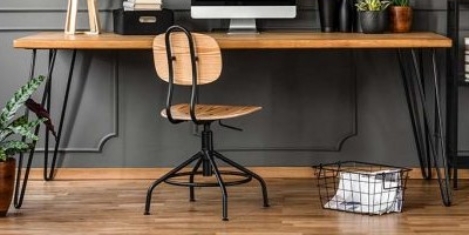
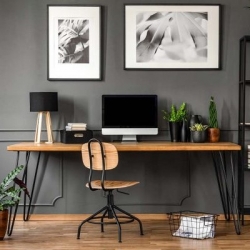 The Covid-19 pandemic had a serious impact on the home office furniture market in 2020, according to a new
The Covid-19 pandemic had a serious impact on the home office furniture market in 2020, according to a new 







June 22, 2021
The office sector needs to face up to its landfill issue
by Joanna Knight • Comment, Environment, JK, Workplace design